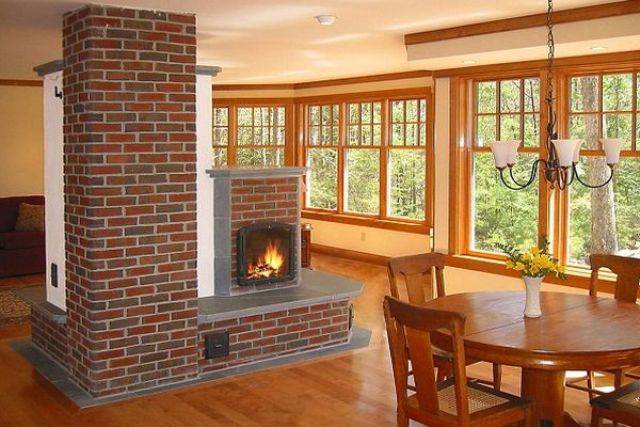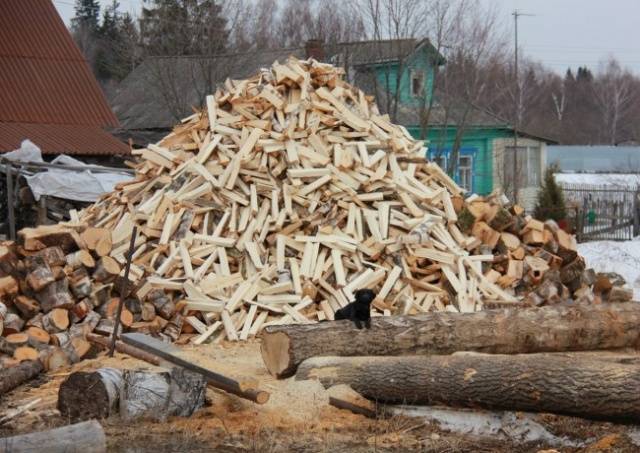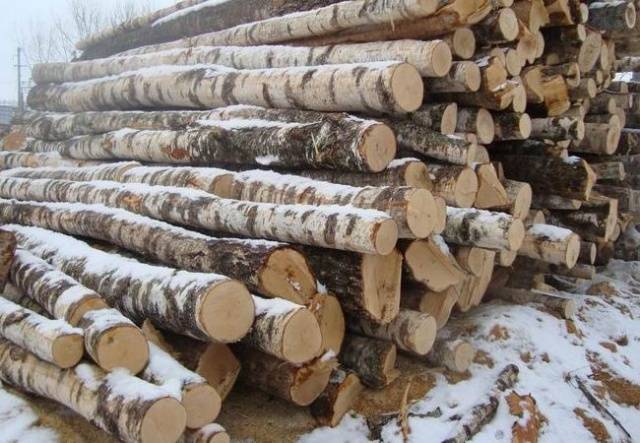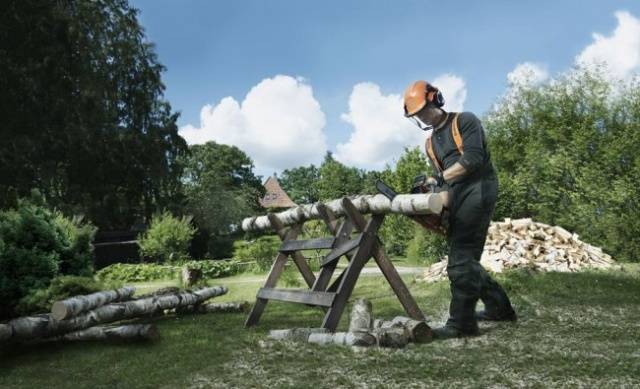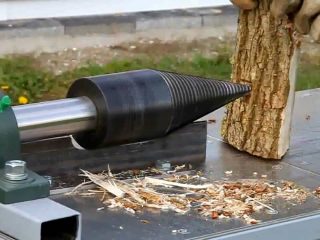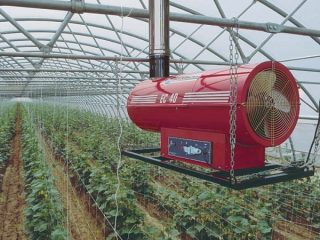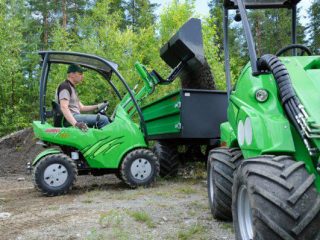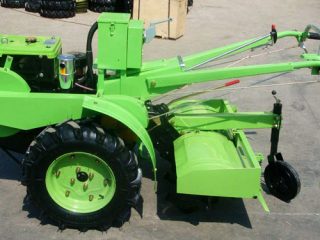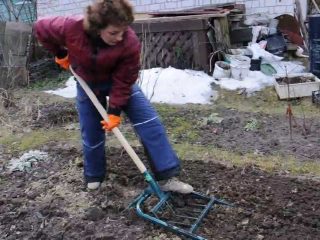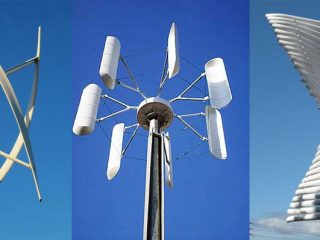Content
Not all rural residents are lucky enough to have gas or electric heating installed. Many people still heat their stoves and boilers with wood. Those who have been doing this for a long time know how much stock they need. People who have recently moved to rural areas are interested in the question of how firewood preparation for the winter and how many of them need to be chopped.
Factors influencing the calculation of the amount of firewood
You need to at least roughly calculate how much firewood you need. It’s good when you can chop extra logs at random. What if there are not enough of them and then this hard work will have to be completed in the cold winter.
You need to independently calculate the amount of firewood for heating your home, taking into account many factors. Here they pay attention to the efficiency of a wood-burning boiler or stove, the size of the heated room and the duration of the heating period. But first you need to find out which firewood is best for heating, because each type of wood differs in heat transfer due to different densities.
Let's take a closer look at the factors influencing the calculation:
- Humidity affects the heat transfer coefficient.Any person knows that dry wood burns well, which means it gives off more heat. If firewood was collected in wet weather or green trees were cut, then it is advisable to store the chopped logs in a ventilated shed. Here it makes sense to make preparations for two years. During the season, the supply of firewood will dry out, and its moisture content will be no more than 20%. These are the logs that need to be used. The next freshly chopped stock will dry out until the next season.
- The heat transfer coefficient depends on the type of wood. The best logs are made from hardwood, such as oak, birch or beech. Dense wood burns longer and gives off more heat. Pine is characterized by lower density. Such firewood is best used for ignition. Pine logs are also suitable for a home with a fireplace. When burned, they release an aroma that will fill the room with the scent of essential oil. If possible, firewood should be prepared from different types of wood. By using a combination of logs when burning, you can achieve maximum heat transfer and less clogging of the chimney with soot.
- The amount of firewood is not calculated by the area of the room, but by its volume. After all, warming up a house with an area of 100 m2 and a ceiling height of 2 m will turn out faster than a building of the same size, but with a height of 3 m. Usually, when making calculations, a ceiling height of 2.8 m is taken as the norm.
- When calculating the required number of cubic meters of firewood, you need to take into account the duration of the heating period. Moreover, they take into account a year with a cold autumn and late spring. For most regions, the heating season lasts up to 7 months. In the south, the cold season may be limited to 3–4 months.
- When calculating the amount of firewood for the winter, it is important to take into account the efficiency of the heating device. Pyrolysis boilers are considered the most effective.Stove ovens are characterized by large heat losses. The more heat goes through the chimney to the street, the more often you will have to throw new logs into the firebox.
Using these simple rules as a basis, you will be able to calculate the optimal amount of firewood.
Calculation of the amount of firewood for heating a house
Calculations carried out taking into account average values show that for heating a house with an area of 200 m2 you need up to 20 cubic meters of firewood. Now we will try to figure out how to calculate the required supply without an online calculator. Let's take the efficiency of the heating device as a basis - 70%. We take a house with a standard ceiling height of 2.8 m. Heated area – 100 m2. Heat loss from walls, floors and ceilings is minimal. The heat released during the combustion of any fuel is measured in kilocalories. To heat the example house for a month, you need to get 3095.4 kcal.
To achieve this result you need:
- birch logs with a moisture content of 20% after a year of storage in a barn - up to 1.7 m3;
- logs from freshly cut birch have a moisture content of 50%, and they need about 2.8 m3;
- dry oak firewood needs approximately 1.6 m3;
- oak logs with 50% humidity will need up to 2.6 m3;
- pine logs with a moisture content of 20% - no more than 2.1 m3;
- firewood from wet pine - about 3.4 m3.
For the calculations, the most common tree varieties were taken. Using this data, you can find out how much wood will need to be chopped. If the prepared mass of solid fuel is consumed earlier than expected, it means that the heat loss of the building is high or the heating device has low efficiency.
The optimal time of year for harvesting work
Procuring firewood for the winter is not just about cutting down a tree and cutting it into logs. It is necessary to ensure optimal storage conditions that ensure good drying of the wood. In addition, you need to know that the most optimal time of year to perform this work is the end of autumn and the beginning of winter. But the weather should not be rainy. The choice of this period is determined by the following factors:
- cutting down trees without leaves is easier;
- after the first frost, the logs are easier to split;
- in late autumn, the movement of sap stops, which makes it possible to obtain wood with a lower percentage of moisture.
All the forest cut down at this time of year is sawn into logs, chopped down, and the logs are sent for long drying until next autumn. You should not immediately throw them into the oven or boiler. From raw solid fuel you can only get a lot of soot, which will settle in the chimney as soot. For heating, logs from last year's harvest are used. They will give off maximum heat and minimum smoke. New firewood will be supplied next year. In order for the logs to dry well, it is important to provide good ventilation and protection from precipitation.
In the video you can see the process of collecting firewood:
When collecting firewood, it is not necessary to cut the forest yourself. After all, these logs will then have to be transported home. There are many companies providing this service. For really lazy people, hired workers can split logs into logs. In this case, your own labor costs will decrease, but the cost of solid fuel will increase.
